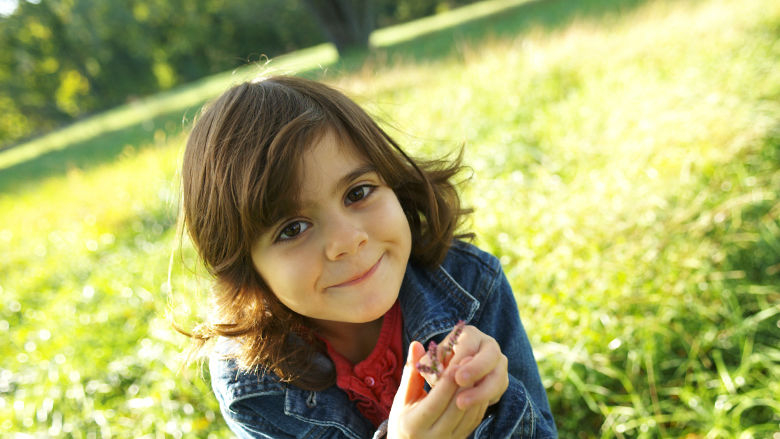Rhabdomyosarcoma
What is rhabdomyosarcoma?
Rhabdomyosarcoma, while rare, is the most common type of soft tissue sarcoma (a tumor that is malignant, or that spreads) in children. Soft tissues include muscles, tendons, fibrous tissues, nerves, blood vessels, fat and synovial tissues (which surround joints).
Some children with certain inherited conditions are at increased risk for the disease, and some families have a gene mutation that increases risk, but the majority of children do not have any known risk factors.
Why Choose Us?
Whether your child has a benign tumor or malignant tumor, or you’re seeking a second opinion after a recent diagnosis, the experts from the Bone and Soft Tissue Tumor Program will provide your family with personalized care.
Treatment for rhabdomyosarcoma
There are many treatment options available for soft tissue tumors like rhabdomyosarcoma, and some children will need a combination of these therapies. At Children’s Hospital of Philadelphia (CHOP), experts from the Bone and Soft Tissue Tumor Program take a team approach to treatment. Orthopaedists, oncologists and other specialists collaborate to provide your child with individualized care and the best possible outcomes.
Surgery
Surgery is usually necessary for rhabdomyosarcoma in children. Our surgeons will remove the cancer using the most advanced surgical techniques available.
The goals of surgery are twofold:
- To remove the tumor
- To restore function at the site of the tumor
More than 90 percent of children with rhabdomyosarcoma can be treated with limb-sparing (also known as limb-salvage) and reconstructive surgery. CHOP surgeons regularly perform these complex surgeries and are constantly working to improve outcomes for children with the most difficult-to-treat tumors.
Limb-sparing surgery is performed under general anesthesia. It involves cutting out the tumor and a margin of surrounding healthy tissue. Depending on the size and location of the tumor, as well as your child’s age and stage of growth, orthopaedic and plastic surgeons may use a variety of reconstructive methods to restore your child’s body function. Reconstructive surgery, if necessary, will occur on the same day the tumor is removed.
Reconstruction may include:
- Skin graft, in which a doctor removes skin from the child’s own thigh or buttocks to use it to cover and protect the area where the tumor was removed.
- Rotational muscle or fasciocutaneous flap, in which a doctor uses a child’s own muscle or skin near the surgery site, and rotates it to fill the area where the tumor was removed to provide a soft-tissue reconstruction.
- Free muscle or fasciocutaneous flap, in which a doctor uses muscle or skin from the child’s own body, relocates it, and then reconnects the blood vessels to the tissue that was moved in the area where the tumor was removed.
- A free bone flap, in which a piece of bone from a donor site is moved, based on its blood supply, to reconstruct the bony defect.
In extremely rare cases — because of the size or location of the tumor — rhabdomyosarcoma cannot be removed with limb-sparing surgery. In these rare situations, it may be necessary to perform an amputation of the affected limb, or recommend the use of radiation therapy.
After surgery for rhabdomyosarcoma, your child should expect to stay two to five days in the Hospital.
Radiation
Radiation therapy, which uses high-energy X-rays to kill cancer cells and shrink tumors, may be used instead of — or in addition to — surgery. In most cases, clinicians will use protons to deliver radiation to treat rhabdomyosarcoma. Proton therapy can more accurately target the specific area of the tumor and avoid affecting surrounding normal tissues.
Chemotherapy
Chemotherapy (cancer medicine) is used in all patients with rhabdomyosarcoma.
Bone marrow transplant
Bone marrow transplantation is another type of treatment that is being studied for widespread rhabdomyosarcoma in children. Sometimes very high doses of chemotherapy are necessary to wipe out rhabdomyosarcoma tumors that have become resistant to standard doses. These high doses of drugs, however, can destroy the bone marrow. Bone marrow harvested from other people can be used to transplant to the patient’s bone marrow.

